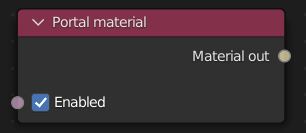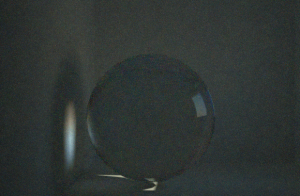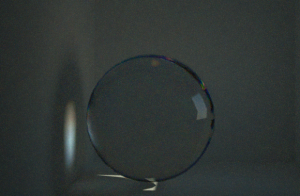
PortalA technique that assists the render kernel with exterior light sources that illuminate interiors. In interior renderings with windows, it is difficult for the path tracer to find light from the outside environment and optimally render the scene. Portals are planes that are added to the scene with the Portal material applied to them. materials optimize light source rendering by helping the render kernel find important light sources in the scene. For example, interior scenes illuminated by an outside light source coming through windows can be difficult for the path tracer to optimize the light as it enters the interior environment. To help the path tracer find these light sources, place a polygon plane outside the window and then apply a Portal material to the plane, which creates a portal plane. This setup improves the quality of the light and increase the render's efficiency. Portal materials work with pathtracing type kernels like Path Tracing and PMC.

Figure 1: Portal material node
In the following image, a room is modeled with a small, single window. This would be a difficult scene to light with a sun/sky or HDRIAn image which presents more than 8 bit per color channel unlike most common image formats. file with no lighting on the interior of the room. A single plane was placed over the window (in orange) with the plane's normal facing towards the room.

Figure 2: Portal material applied to a plane
Portals must cover all openings. If a scene has multiple windows, but the Portal covers one window, then the Portal won't work. The Portal's normals must point into the scene, or the render kernel will not use it properly. You can't place Portals in openings that are not open, like a window with glass. In some complex scenes, Portals might slow down the render, so try experimenting with and without Portals.
We recommend using the least amount of geometry for Portals. A few simple rectangular planes are best. Sometimes it is better to place one large Portal over many small windows. It’s okay to make a Portal larger than the opening, but make sure it covers all openings. Portals, when defined with the Portal material, will not show up in your render - this is invisible geometry.
The scene below shows a glass sphere rendered in a room lit by light coming through a window. The scene is rendered using 500 samples. The first image does not have a Portal plane placed over the opening. It is noisier than Figure 4, which does use a Portal plane.

Figure 3: Scene rendered without a Portal material

Figure 4: Scene rendered with a Portal material